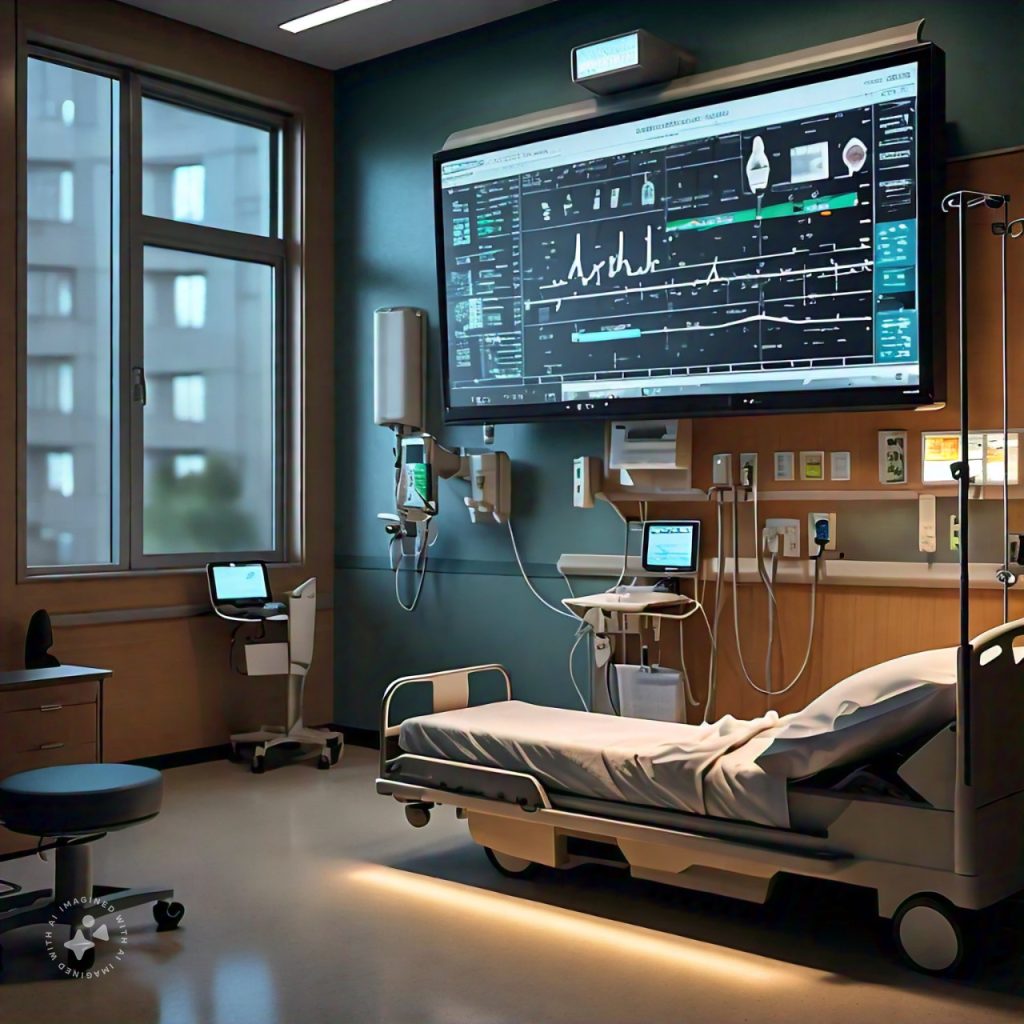Remote Health Monitoring: Revolutionizing Healthcare
Remote Health Monitoring (RHM) is a transformative technology that enables healthcare professionals to monitor patients’ health remotely, improving outcomes, enhancing patient engagement, and reducing costs.
What is Remote Health Monitoring?
RHM involves using digital technologies to collect and transmit patients’ health data to healthcare providers in real-time. This allows for timely interventions, reducing the need for hospitalizations and emergency visits.
Benefits of Remote Health Monitoring
- Improved Patient Outcomes: RHM enables early detection of health issues, preventing complications.
- Enhanced Patient Engagement: Patients take ownership of their health through regular monitoring.
- Reduced Healthcare Costs: Decreased hospitalizations and emergency visits.
- Increased Accessibility: RHM reaches rural and underserved populations.
- Better Disease Management: Real-time data informs treatment decisions.
Types of Remote Health Monitoring
- Wearable Devices: Fitness trackers, smartwatches, and biosensors.
- Mobile Health (mHealth) Apps: Track vital signs, medication adherence, and lifestyle habits.
- Telemedicine Platforms: Virtual consultations and remote monitoring.
- Home Health Monitoring Systems: Integrated devices for chronic disease management.
Applications of Remote Health Monitoring
- Chronic Disease Management: Diabetes, hypertension, heart failure, and COPD.
- Post-Operative Care: Monitoring patients after discharge.
- Mental Health: Tracking mood, anxiety, and stress levels.
- Pregnancy and Maternal Health: Monitoring fetal vital signs and maternal well-being.
Technologies Used in Remote Health Monitoring
- Internet of Things (IoT): Interconnected devices for seamless data transmission.
- Artificial Intelligence (AI): Analyzes data, identifies patterns, and predicts outcomes.
- Cloud Computing: Secure storage and processing of health data.
- 5G Networks: Fast and reliable data transmission.
Challenges and Limitations
- Data Security and Privacy: Protecting sensitive health information.
- Interoperability: Standardizing data formats and integration.
- Accessibility and Affordability: Ensuring equal access to RHM technologies.
- Regulatory Frameworks: Clarifying laws and guidelines.
Future of Remote Health Monitoring
- Integration with Electronic Health Records (EHRs): Seamless data exchange.
- Advancements in AI and Machine Learning: Enhanced predictive analytics.
- Expansion into New Therapeutic Areas: Mental health, oncology, and pediatrics.
- Increased Adoption and Reimbursement: Mainstream acceptance and insurance coverage.
Conclusion
Remote Health Monitoring is transforming healthcare by improving patient outcomes, enhancing engagement, and reducing costs. As technology advances, RHM will become increasingly integral to healthcare delivery.


